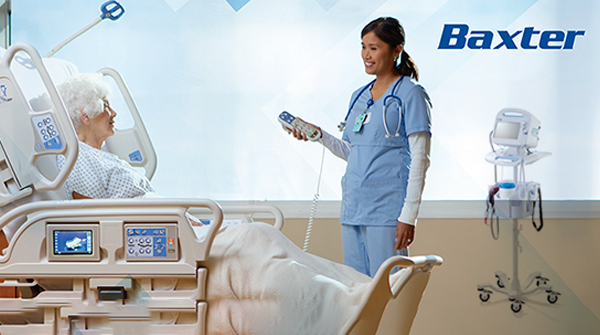Whitepapers
Laboratory agglomeration involves long distances, specimens shipment and longer storage of samples before the analytical testing.
Read more...The VACUETTE ® GLUCOMEDICS blood collection tubes are used to stabilize the in-vivo glucose level in whole blood or plasma for up to 48 hours at room temperature and enable prolonged sample processing time including both storage and/or transportation.
Read more...A clinical evaluation of the ESR (Erythrocyte Sedimentation Rate) was carried out to assess the VACUETTE ESR plastic tubes for their performance in comparison with the VACUETTE ESR glass tubes with the closed manual ESR measurement.
Read more...In subjects with Parkinson the physiotherapy rehabilitation is a very important instrument to fight and slow down the progression of the disease symptoms.
Even if it doesn't have a healing value, integrating it with pharmacologic therapy, it is possible to preserve a good patient physical tone and a significant recovery of motor capacities that are not already compromised. Subjects affected by Parkinson are able to learn motor or procedure processes.
For this reason, a good rehabilitation must include tools that can stimulate the preservation and the improvement of all motor functions, especially to support the everyday life (ADL).
Stroke presents a major global public health challenge, with 5.5 million people dying from stroke each year (WHO 2003) and many more living with chronic disability (Wolfe 2000).
Early rehabilitation is described as an important feature of stroke unit care (Langhorne 1998), but patients are restricted to bed for some days (Diserens 2006) before mobilization is allowed. Very early mobilization has been recently recommended in a number of acute stroke clinical guidelines (Adams 2003; NSF 2007).
Orthodontics: after correction of tooth misalignment, the achievement of the neuromuscular balance, verified by means of BTS TMJOINT, will be safe from relapse.
Diagnosis and care of the dysfunctional patient: TMJOINT is a simple but highly predictive method for identifying the dysfunctional patient, and apply, as a result, suitable odonto-periodontal treatment plans, or otherwise to exclude the occlusal problems and to address the patient to other therapeutic options.
The selective grinding of occlusal surfaces, both natural and artificial (fillings, dentures) can be implemented not only using the conventional method with occlusion foil, but also guided by EMG (Ciusa et al., 2000). In this case the control by EMG can better highlight the existence of an alteration in the neuromuscular system (Ferrario et al., 1998a; Tartaglia et al., 2001).
Read more...Hospitals today are being transformed into sophisticated medical facilities with computer-based medical equipment and intelligent, connected medical devices. Healthcare facilities are becoming digitized and networked, with a wide array of high-tech medical devices supplying data to a centralized electronic medical record (EMR).
Medical equipment such as diagnostic equipment, laboratory/analytical equipment, drug dispensing carts, computerized physiotherapy, patient infotainment terminals, multi-parameter patient monitoring, endoscopy and Computers-on-Wheels (CoWs) all leverage PC-based architectures and feed data into the EMR, which acts as both a permanent repository for health information and a system that can be accessed instantly by doctors to assist with clinical decisions.
Read more...

